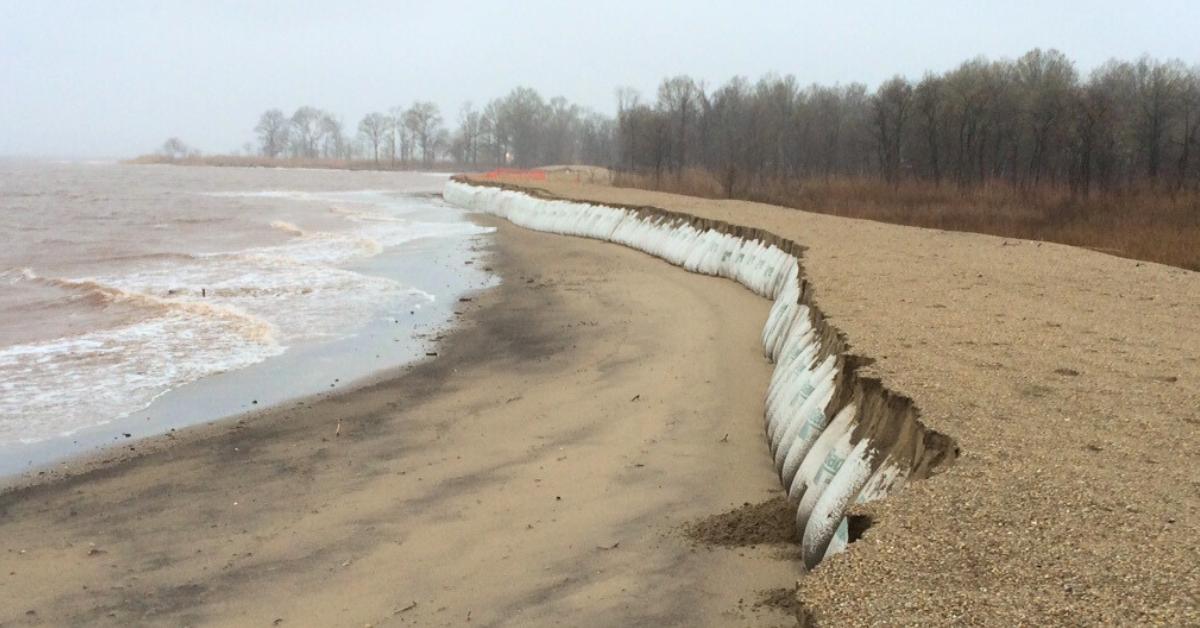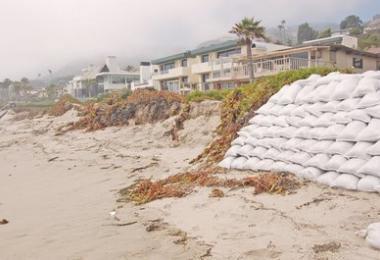Everything about Shore Protect Team
Wiki Article
Some Ideas on Shore Protect Team You Should Know
Table of ContentsTop Guidelines Of Shore Protect TeamSome Of Shore Protect TeamEverything about Shore Protect TeamShore Protect Team Things To Know Before You Get This8 Easy Facts About Shore Protect Team ExplainedThe Of Shore Protect TeamExcitement About Shore Protect Team
Reduction in residential property value: As the area tourist is affected by disintegration, so then is the economic climate. Customers are less likely to browse for a coastline home that could be ruined at any kind of minute by the approaching flooding and disintegration emergency. Consequently, home value can drop profoundly and impact the whole region.Whether a coastline is just small and crowded or has to shut completely for the security of the ecological community and nearby residential or commercial properties, this substantially influences tourism. Consequently, neighborhood economies are affected (https://www.40billion.com/profile/206623108). Threat of injury: The increased threat of flooding and architectural failures causes a boosted threat of injury to close-by travelers and area members

is home to greater than 84,240 miles of coast with 41% of it subjected to the open sea. Coastal engineers are in fee of protecting the coast versus changes by reducing the harmful impacts of both natural and manufactured events. Shoreline stabilization is directly pertaining to their work. Waterfront resorts: Due to the fact that coastline erosion effects tourism, it influences the success of waterfront hotels.
Everything about Shore Protect Team
This ultimately leads to closures and deserted beachfront residential properties. Coastal industrial services: No travelers suggests no service. For those businesses satisfying citizens, their building is at danger of damages from erosion and flooding. Coastal state parks: State parks that exist along coastlines go to danger of damage. Not just to the manmade structures and residential properties on site, yet additionally to the natural ecological communities that exist within.Soft stablizing is a far better service for the setting and even more sustainable overall. Tough stablizing uses man-made frameworks as security to regulate disintegration. Typically, these frameworks are installed at ideal angles or parallel to stop sand motion and minimize the pressure of waves. Most forms of hard stabilization like seawalls and sheet steel are not ideal for coastline stabilization.
Shore Protect Team - Truths
There's also not nearly enough proof of their effectiveness depending upon the kind of coastline and neighborhood conditions. Tough stablizing methods have a tendency to be more tough to install and don't match the all-natural visual, sticking out like an aching thumb and harming local communities in lots of situations. Beach nourishment is the procedure of adding lost sand and debris back to beaches after disintegration has occurred.TrapBags help in the process of beach nutrients by safeguarding all-natural ecological communities and enabling plants to expand. While this process can be expensive and is not long-term, the pros have a tendency to outweigh the disadvantages. TrapBag barriers deal numerous residential or commercial properties that make them ideal for coastal and riverbank erosion security. They're: Eco-friendly: You can utilize indigenous soil both to surround and to load the TrapBags.

The smart Trick of Shore Protect Team That Nobody is Talking About
They can likewise be installed without any kind of hefty machinery. Inexpensive: TrapBags are suitable for both small and huge locations of shoreline.The suitable seawall layout relies on location-specific elements, consisting of surrounding disintegration processes. There are three primary types of seawalls: upright, curved, stepped, and mounds (see table below). A record released by the United Nations Setting Programme (UNEP) recommends that the tidal wave of 26 December 2004 triggered much less damages in the locations where all-natural obstacles were present, such as mangroves, coral reefs or seaside greenery.
All-natural obstacles, such as reef and mangrove forests, prevent the spread of tidal waves and the circulation of seaside waters and alleviated the flooding and rise of water. A cost-benefit approach is an effective method to determine whether a seawall is ideal and whether the benefits deserve the expense.
Some Ideas on Shore Protect Team You Need To Know
A seawall is a fixed function which can conflict with the dynamic nature of the coastline and impede the exchange of sediment in between land and sea. Benefits and downsides of seawalls according to Short (1999) Benefits Downsides Long term service in contrast to soft beach nourishment (https://tapas.io/shoreprotectteam).
This can trigger coastlines to dissipate, making them worthless for beach goers. Usually, seawalls can be a successful method to control seaside erosion, but only if they are constructed well and out of products that can endure the force of ongoing wave energy.
Not known Factual Statements About Shore Protect Team
Integrated with a high construction price, this has caused enhancing usage of other soft engineering coastal administration options such as beach replenishment. Seawalls are constructed from different materials, many commonly reinforced concrete, rocks, steel, or gabions. Various other feasible construction materials include plastic, wood, aluminum, fiberglass composite, and naturally degradable sandbags made of jute and coir. The appropriate seawall style depends on location-specific aspects, consisting of surrounding erosion procedures. There are three major types of seawalls: vertical, rounded, stepped, and piles (see table below).All-natural barriers, such as reef and mangrove woodlands, avoid the spread of tsunamis and the flow of seaside waters and alleviated the flood and rise of water. A cost-benefit approach is a reliable way to figure out whether a seawall is proper and whether the advantages are worth the cost.
The Of Shore Protect Team
A seawall is a fixed feature which can conflict with the dynamic nature of the shore and restrain the exchange of debris between land and sea. Benefits and negative aspects of seawalls according to Short (1999) Benefits Drawbacks Long term remedy in contrast to soft beach nourishment.
This can trigger beaches to dissipate, making them useless for beach goers. Generally, seawalls can be an effective way to regulate coastal erosion, but just if they are created well and out of materials that can hold up against the pressure of recurring wave energy. Some understanding is needed of the coastal procedures and morphodynamics specific to the seawall location.
Report this wiki page